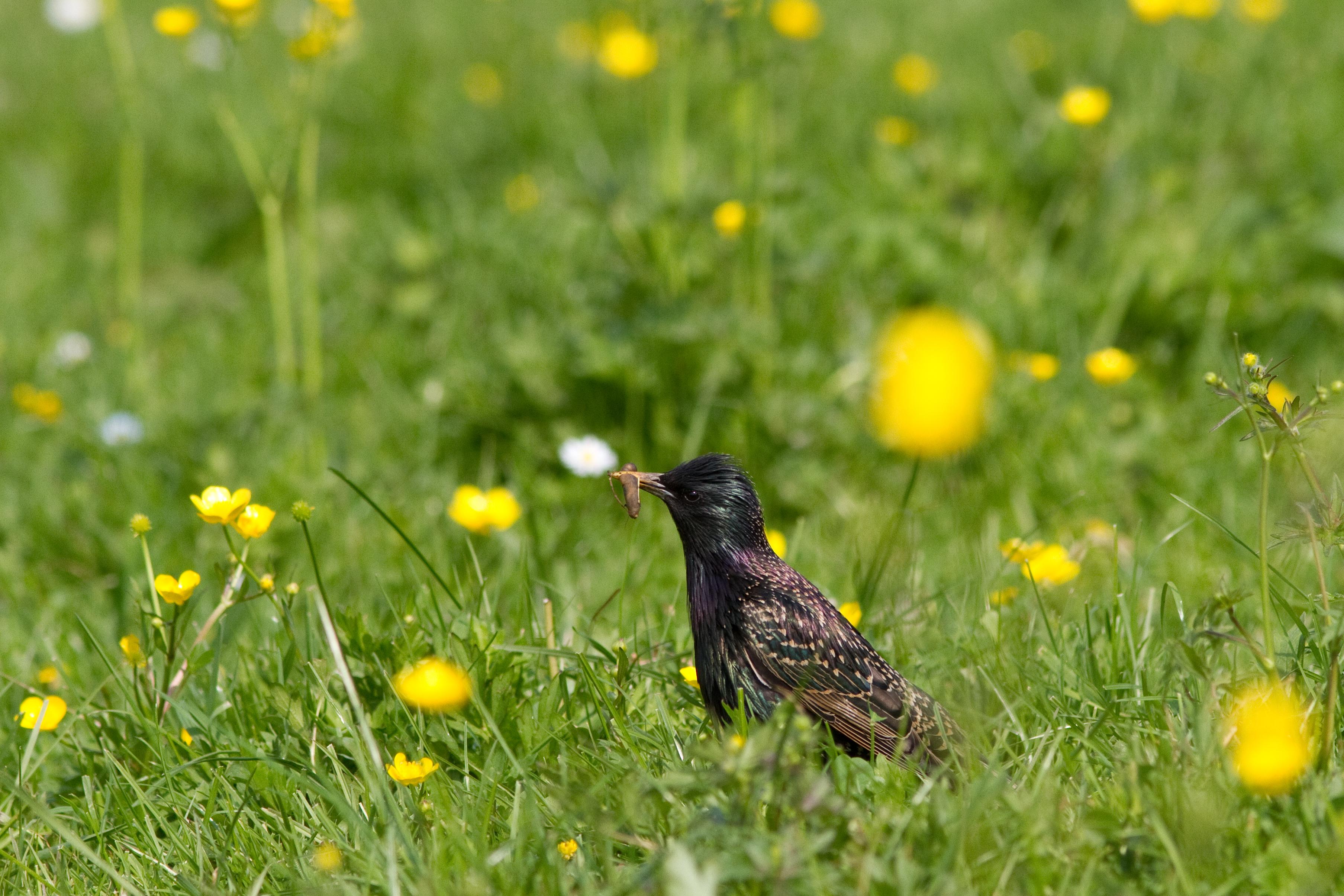Some bird species in the Netherlands have been disappearing at an alarming rate, while others have been doing quite well. Scientists have been examining factors that may explain why bird populations thrive or wither. Human impacts such as habitat destruction, introduced species, and pollution are known to harm birds. Now there’s new evidence that the pesticides we use could be a major cause of bird declines.
Ecologists at Radboud University and the Sovon Centre for Field Ornithology in the Netherlands analyzed population data for 15 bird species as well as their government’s measurements of imidacloprid, a widely used insecticide, in surface water. Imidacloprid is an insect neurotoxin in the neonictinoid family widely used to kill insects on farms and in gardens, and recent research has linked it to disappearing bee populations. The analysis published today in Nature found that areas with high concentrations of imidacloprid had fewer birds.
The ecologists aren’t certain exactly what causes the bird decline. While imidacloprid is lethal to insects, it’s toxic to birds only in large doses, so it’s more likely any effects on bird declines are indirect. The researchers’ leading theory is that because the pesticide kills off insects, it disrupts the food chain.
“Bird populations in farmland areas may have having trouble finding food, so they may leave those areas,” said Ruud Foppen, one of the paper’s authors. Populations may be less likely to survive without a reliable food source; nine of the 15 species studied ate insects exclusively, including barn swallows and willow warblers. “[Birds] need to have a lot of insect prey for their young,” said Foppen, which could lead to a cascading effect. “It affects food; then by food, their reproduction rate; then by their reproduction rate, the population trends.”
In light of research linking the insecticide to bee population decline, the European Commission has placed restrictions on the use of imidacloprid until at least 2015. “Let’s use this time to figure out what’s going on,” says Hans de Kroon, another co-author. “Something must be done,” he says. De Kroon acknowledges that these restrictions may not be a long-term solution, since insecticides support our food supply. “We plea for a dialogue between everybody who is involved.”
Meanwhile, in the United States, the Environmental Protection Agency does not ban or restrict use of imidacloprid but is reviewing the risks of it and other neonictinoids.
